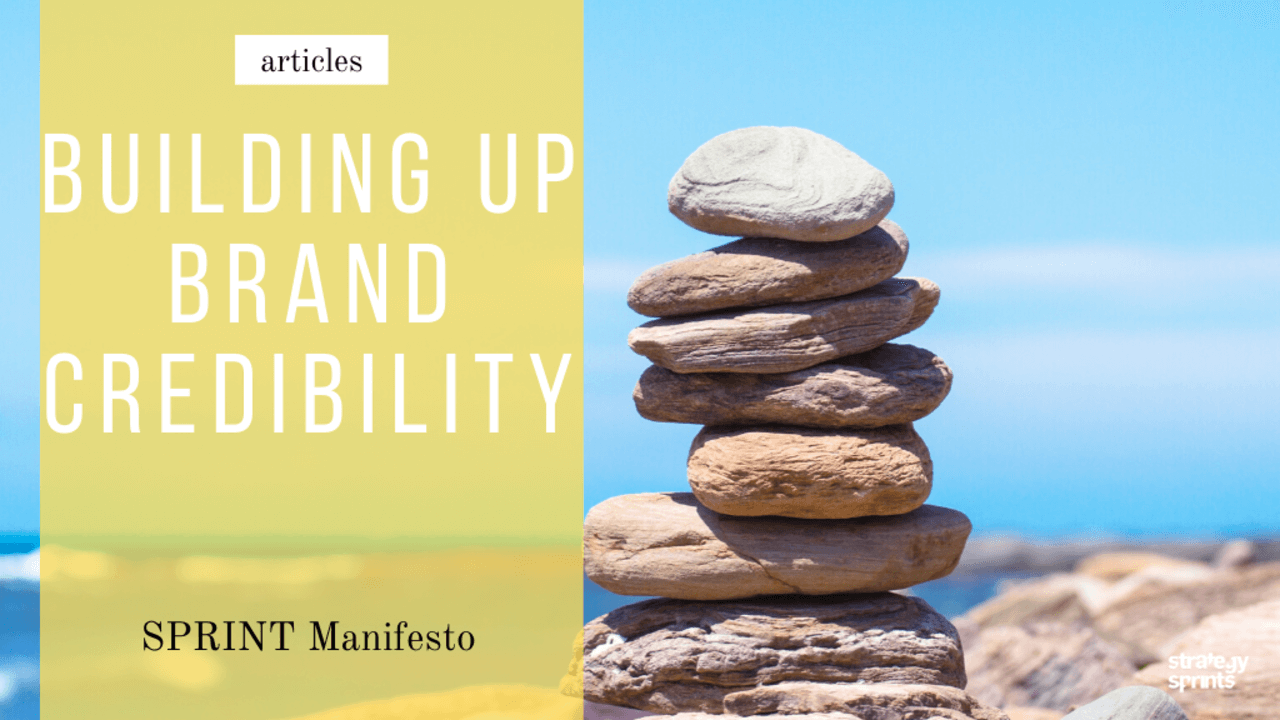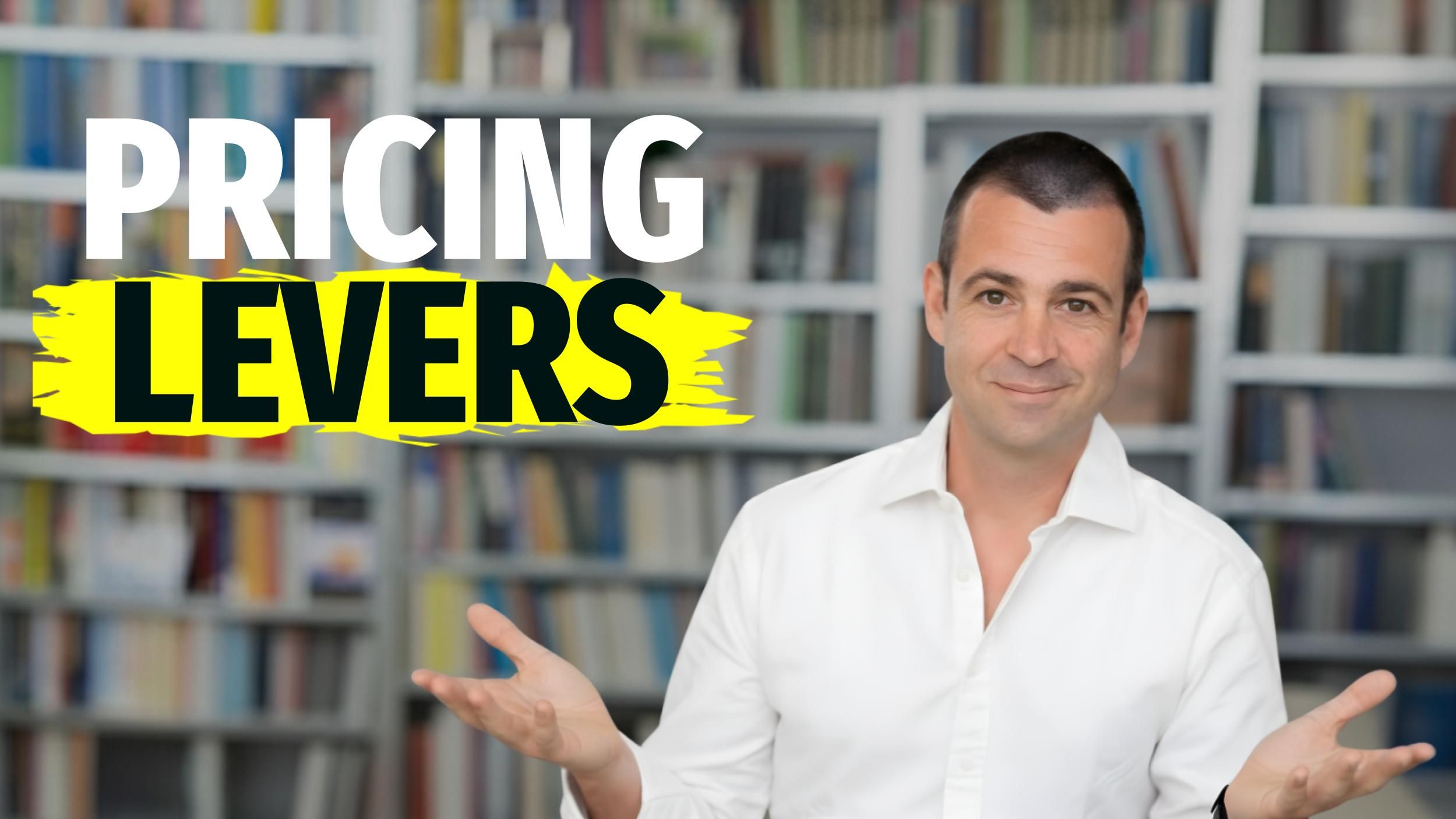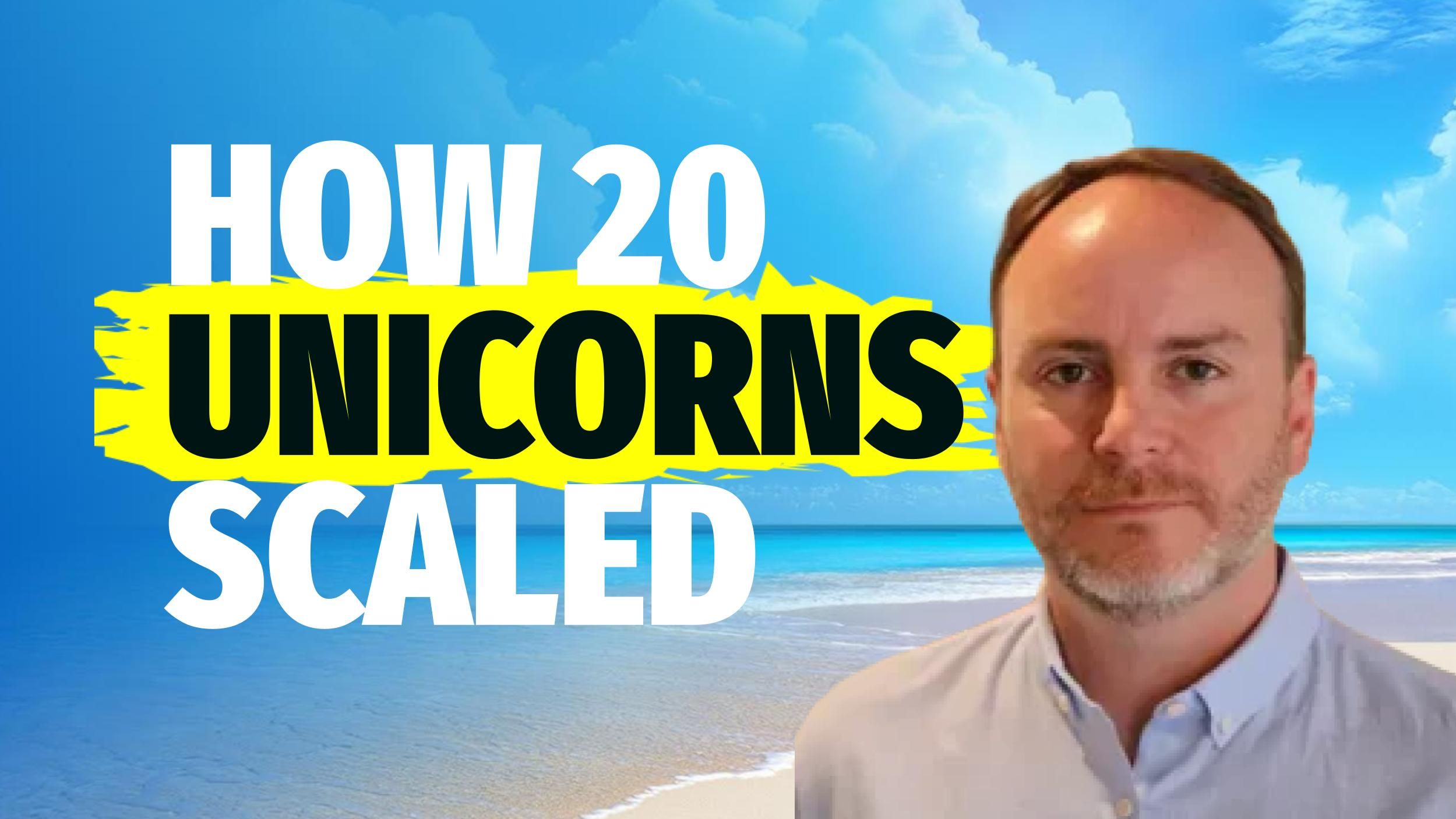
Building Up Brand Credibility
The SPRINT Manifesto
Recently, we’ve been asked about how to increase brand strength. We discussed five elements and I mentioned an additional one, which is writing your manifesto.
Let’s dive into an example, and how you create your manifesto.
This is our Strategy Sprints manifesto, it’s creation was inspired by a time when our impact wasn’t up to par.
We stopped the project and asked “What did we learn from this?”
We put our heads together and figured out what we did wrong.
We learned how to better prepare, answering the questions of “what we are capable of delivering and how we can deliver it?”.
And a list of everything else was created.
Those are:
Things we DON’T deliver.
At the end, we had a checklist of 13 points that we still use when we are asked to take over a project and we go through it ourselves and and send it to the client. This insures a match on a fundamental level for a smooth working environment. It helps to us to only take on clients that really fit with us, value-wise and that want to do extraordinary work.
Here is The Sprint Manifesto
1. Ship this week.
Every week. Friday to Friday. Getting it the latest by Friday. We also review every Friday on the trials and tests of the week and conclude what worked and what didn’t. You immediately feel the effects of your actions and it fuels your initiative.
2. Come as you are.
This can be an emotional hurdle, you may not be comfortable with showing your current status. But everyday, you know you will get better.
3. Work in public.
Everything is transparent in our team to see what everyone is doing on all levels.
4. It’s not a sprint if you don’t test.
Not everything that you call a sprint, is actually a sprint. A (pointless) workshop and a sprint differ in that within a sprint, you create an instant testable element that has definite outcomes by the end of the sprint. No homework, no delay, all in real time.
5. Build on the work of others.
Because everything is accessible, we can build on each other, continually.
6. Formulate your assertion.
Make assumptions. Write them down. Create a repeatable process.
7. What’s the smallest we can build today?
No fantasy launch at some future time, we build something and then testing it automatically.
8. Sketch first. Then talk.
Don’t: Talk over each other with a brainstorm session which equates to nothing. Instead:Ask a question and let people work on it, sketch it, alone in their own space. Then you can discussion and build on the ideas of others. It stops unhelpful patterns from forming.
9. Less but better.
Instead of starting new projects everyday, we check the one strategy on one page, and look for one BOTTLENECK, and then work to improve that, without starting the next thing before this one is solved.
10. Fun is in the word function.
At the end, you are designing experiences, moments, social experiments. If a product is great, it is also fun to use it (even if that fun comes after, like working out).
11. Decide to care.
Time is limited, working time is also your life time. We only take on a limited number of projects and we care. That shows by reviewing weekly, reporting in real time, answering open loops in Slack, Asana, etc. Making sure progress is insured.
12. Invite to play.
This is a life philosophy. Stay curious, show up everyday. See what you build as an invitation to play, like we do as children.
13. Keep rolling.
It’s a daily motto.
How can you do The Sprint Manifesto?
Gather your team.
What is important to us? What are our values?
Make it tangible, with the expectations of your clients taken into account.
Not fluff (mission statement style).
A real description of your operation for your users.
Get our expert sales tips delivered
By submitting you agree to receive our weekly Strategy Sprints Newsletter as well as other promotional emails from Strategy Sprints. You may withdraw your consent at any time via the “Unsubscribe” link in any email or view our privacy policy at ant time.










